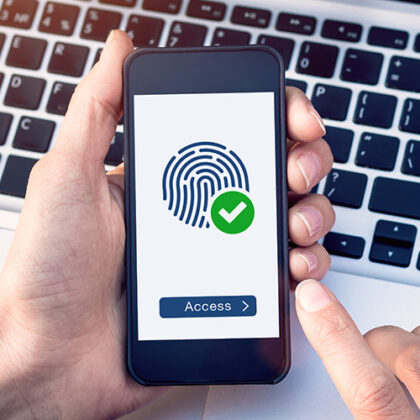What is Cyber Crime:
Cyber crime and computer crime have become a terms that we hear in the news with some frequency. To protect yourself from cyber crime, you must first understand what it is and how it can work against you. With the increasing popularity of shopping websites, online banking and other sites that require sensitive personal and financial data, cyber crime has become an ever-present threat.
Cyber crime can be hard to detect and even harder to stop once it has happened. It can possibly have long-term negative impacts on victims.
Cyber crime encompasses any criminal act dealing with computers and networks (called hacking). Additionally, cyber crime also includes traditional crimes conducted through the Internet. For example; hate crimes, telemarketing and Internet fraud, identity theft, and credit card account thefts are considered to be cyber crimes when the illegal activities are committed through the use of a computer and the Internet.
Computer crime issues have become high-profile, particularly those surrounding hacking, copyright infringement through warez, child pornography, and child grooming. There are also problems of privacy when confidential information is lost or intercepted, lawfully or otherwise.
The first recorded cyber crime took place in the year 1820! That is not surprising considering the fact that the abacus, which is thought to be the earliest form of a computer, has been around since 3500 B.C. in India, Japan and China. The era of modern computers, however, began with the analytical engine of Charles Babbage.
- crimes that target computer networks or devices directly
- crimes facilitated by computer networks or devices, the primary target of which is independent of the computer network or device.
Examples of crimes that primarily target computer networks or devices would include,
- Malware and malicious code
- Denial-of-service attacks
- Computing viruses
Examples of crimes that merely use computer networks or devices would include,
- Cyber stalking
- Fraud and identity theft
- Phishing scams
- Information warfare
A common example is when a person starts to steal information from sites, or cause damage to, a computer or computer network. This can be entirely virtual in that the information only exists in digital form, and the damage, while real, has no physical consequence other than the machine ceases to function. In some legal systems, intangible property cannot be stolen and the damage must be visible, e.g. as resulting from a blow from a hammer. Where human-centric terminology is used for crimes relying on natural language skills and innate gullibility, definitions have to be modified to ensure that fraudulent behavior remains criminal no matter how it is committed. A computer can be a source of evidence. Even though the computer is not directly used for criminal purposes, it is an excellent device for record keeping, particularly given the power to encrypt the data. If this evidence can be obtained and decrypted, it can be of great value to criminal investigators.





